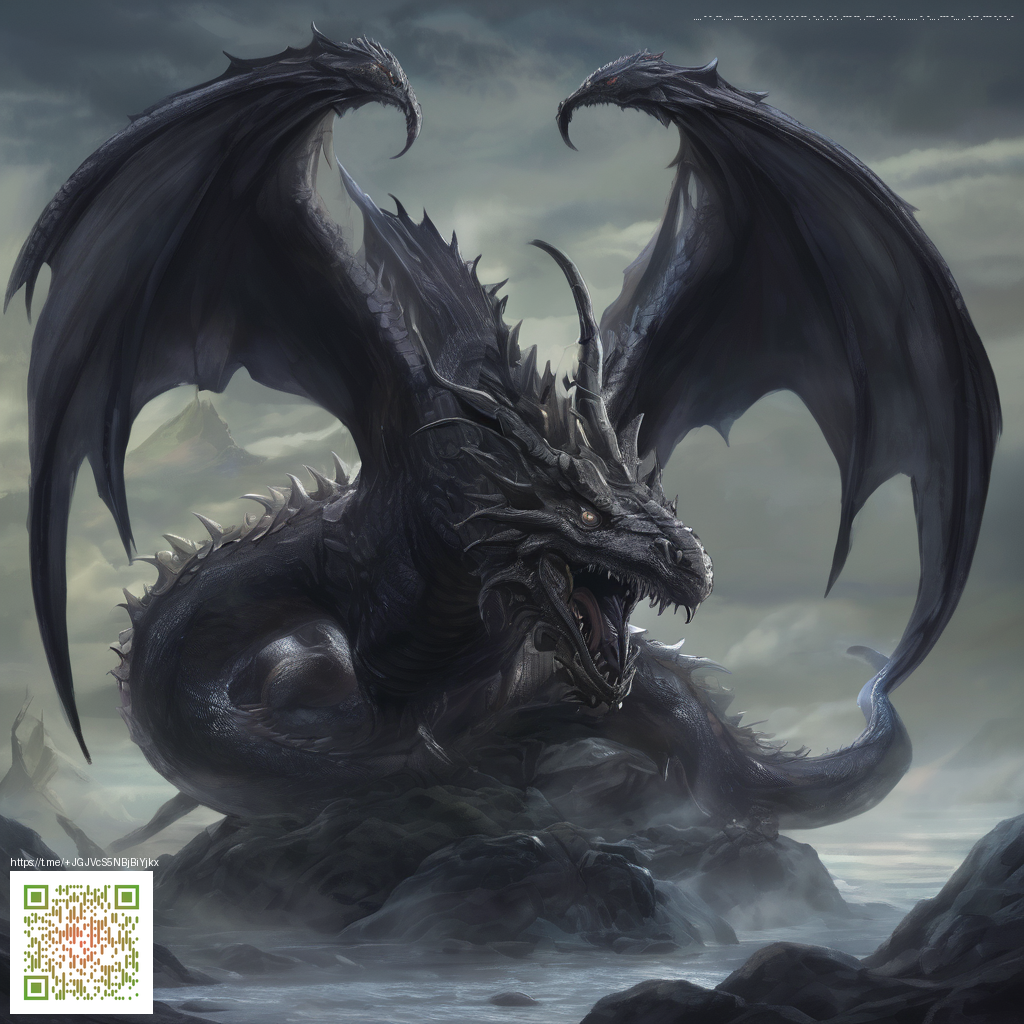
Texture in web design is the unsung hero that adds depth without stealing the spotlight. Subtle textures give your pages a tactile feel, helping flat blocks breathe and guiding the eye through content with quiet confidence. When done well, texture becomes a supporting character: it adds warmth, sophistication, and a touch of tactility that makes interfaces feel more human. The aim isn’t pattern overload but a gentle, refined surface that enhances readability and pace.
Why subtle texture matters
Flat color can look pristine, but it can also read as cold or sterile. A touch of texture introduces nuance—like a whisper of grain on a photograph or a faint fabric weave behind a card. Subtle texture can:
- Improve perceived depth, making layered elements distinct without heavy shadows.
- Convey brand personality through tactile cues—soft linen for a calm SaaS dashboard, or a brushed metal finish for a hardware storefront.
- Mask minor layout imperfections and motion blur, helping transitions feel smoother.
Three practical approaches to subtle texture
- Grain and micro-noise: A fine, low-contrast grain can freshen large canvases and reduce banding in gradients. Keep opacity around 2–6% to stay barely perceptible.
- Soft patterns and organic textures: Subtle fabric-like textures or natural patterns—think linen, paper grain, or a faint marble—provide warmth without fighting typographic clarity.
- Layered overlays with blend modes: Combine a gentle texture layer with a semi-transparent color or gradient using a light blend mode. This can unify elements and create a cohesive atmosphere across sections.
Texture works best when it serves content. Use it to guide focus, not to distract. For example, on a dashboard or portfolio, a very light textured backdrop behind cards can help each card feel distinct while preserving an airy overall rhythm. If you’re experimenting with different approaches, start with a single texture at a low intensity and test how text, icons, and images read against it in both light and dark modes.
When you’re shopping for ways to experiment with texture in live projects, consider how tactile cues translate across devices. On mobile, the texture should stay largely invisible until zooming or close inspection reveals its nuances. This is why scalable textures—those that tile without obvious seams and don’t become noisy at smaller sizes—are particularly valuable for responsive design.
To illustrate how texture can bridge the digital and physical experience, designers often pair digital surfaces with tactile, real-world accessories. For instance, you might draw inspiration from the Custom Gaming Mouse Pad 9x7 Neoprene — stitched edges product page. A clean, stitched-edge pad suggests durable quality and a refined touch, echoing the idea that texture should communicate character without shouting.
Texture as a design rhythm
Texture isn’t about busy visuals; it’s about establishing a rhythm that supports reading and interaction. The right texture helps users move through a page, making calls to action feel more inviting and content feel more approachable. When you introduce texture, do so with intention: test one variable at a time, measure readability, and observe how texture changes perceived load times as your eye moves from headline to body copy to interactive elements.
With a thoughtful approach, textures can elevate a site from functional to memorable. They can emphasize storytelling in a portfolio, provide soft contrast in a product grid, and offer a consistent, cohesive atmosphere across sections. The result is not a distraction but a quiet backbone that strengthens typographic rhythm, color harmony, and spatial balance.